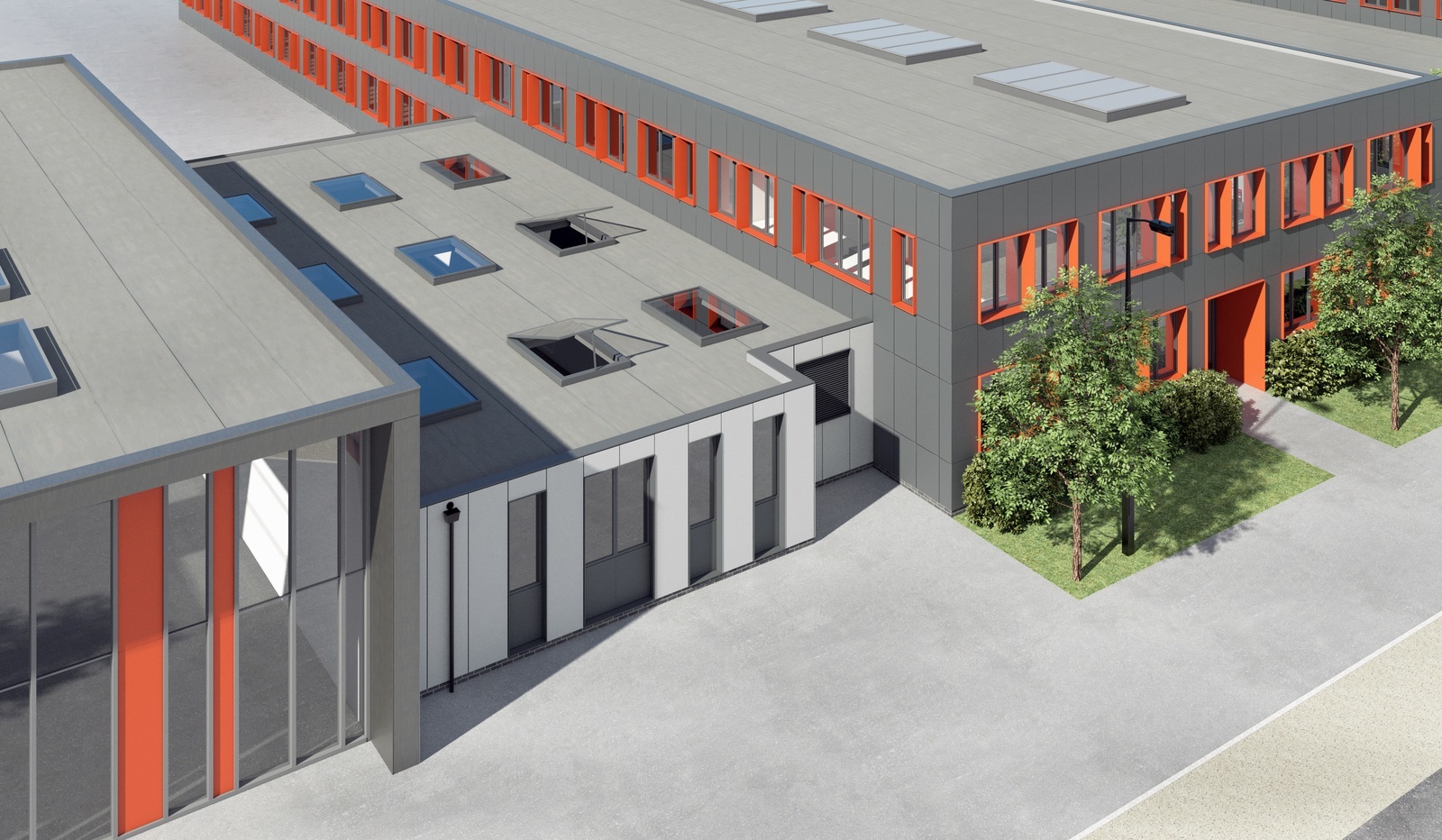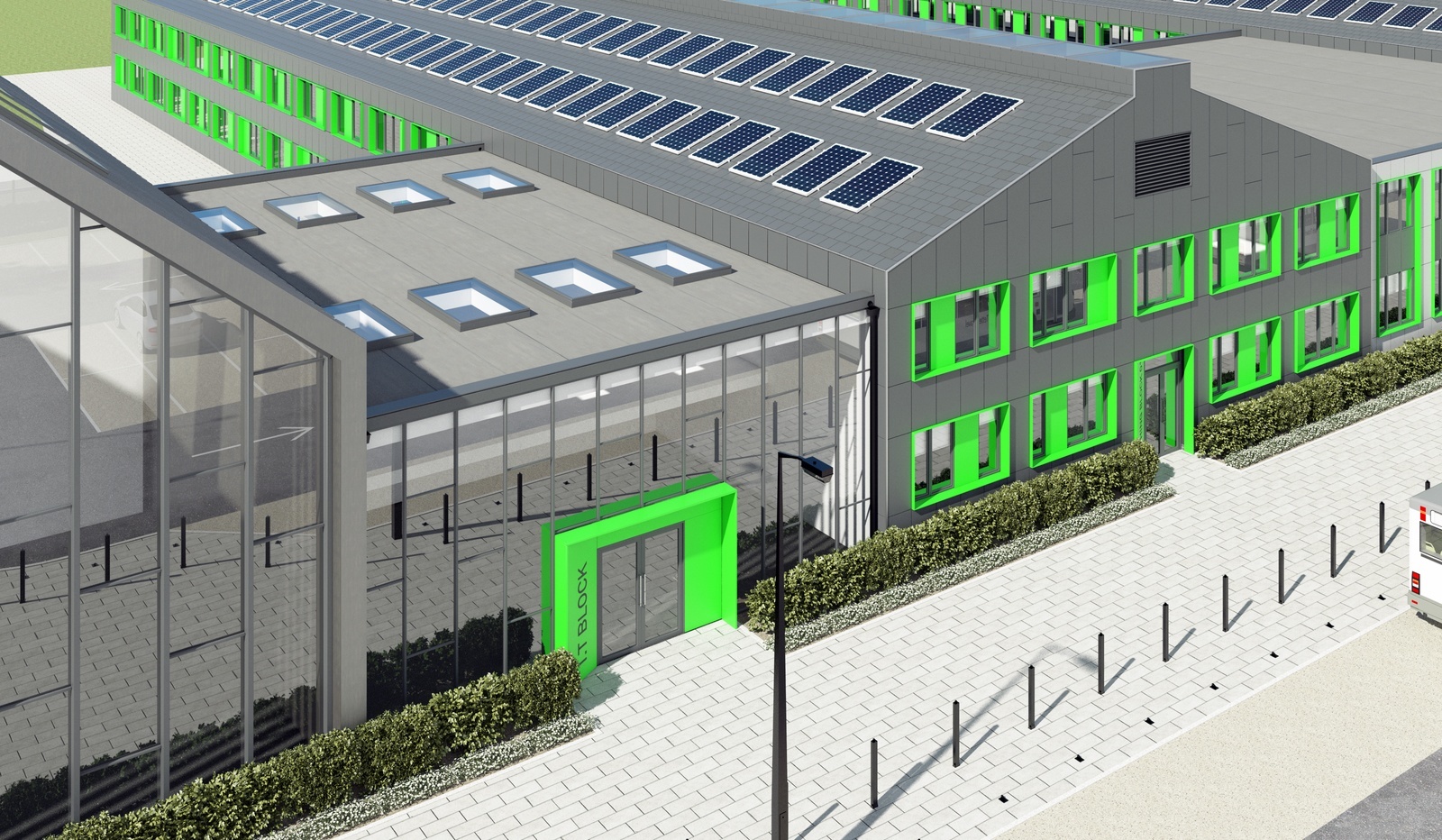





Flat roofs, particularly those at a low level, may be more easily accessed and allow entry to more vulnerable areas, whilst potentially obscuring the attacker from view. Depending on the construction of materials used, may make these locations more susceptible to intrusion either by cutting through the deck or forcing open roof lights or other openings.
Close
External rainwater pipes which are proud to the building, can support climbing and therefore provide vulnerability to upper levels and roofing.
Close
Non Certified rooflights
Close






Lightweight roofing systems certificated to STS 202 BR1 or LPS 1175 Issue 5 SR 1 are in place and are therefore less vulnerable to intrusion by cutting through the deck.
Close
External rainwater pipes can be used for climbing and should be either square or rectangular in section, flush fitted against the wall or contained within a wall cavity or covered recess. Bends in pipes and horizontal runs are minimised. They should be of fire resistant material.
Close
Roof light protected by either one, or a combination of the following: In low crime, low risk applications a roof light aperture must be protected by roof lights certificated to LPS 1175 Security Rating 1 or STS 202 Burglary Resistance 1. In higher crime, higher risk applications a roof light aperture must be protected by roof lights certificated to LPS 1175 Security Rating 2 or 3, or STS 202 Burglary Resistance 2 or 3. LPS 2081 SRA or SRB for roof lights (stealth attack).
Close
PV panels are susceptible to criminal damage from thrown missiles and are likely to be the subject of theft as their installation becomes more commonplace. as their installation becomes more commonplace. Therefore PV’s should be located on roofs that are difficult to access, other than by legitimate means, and should be secured onto the roof with theft resistant fastenings.
Close